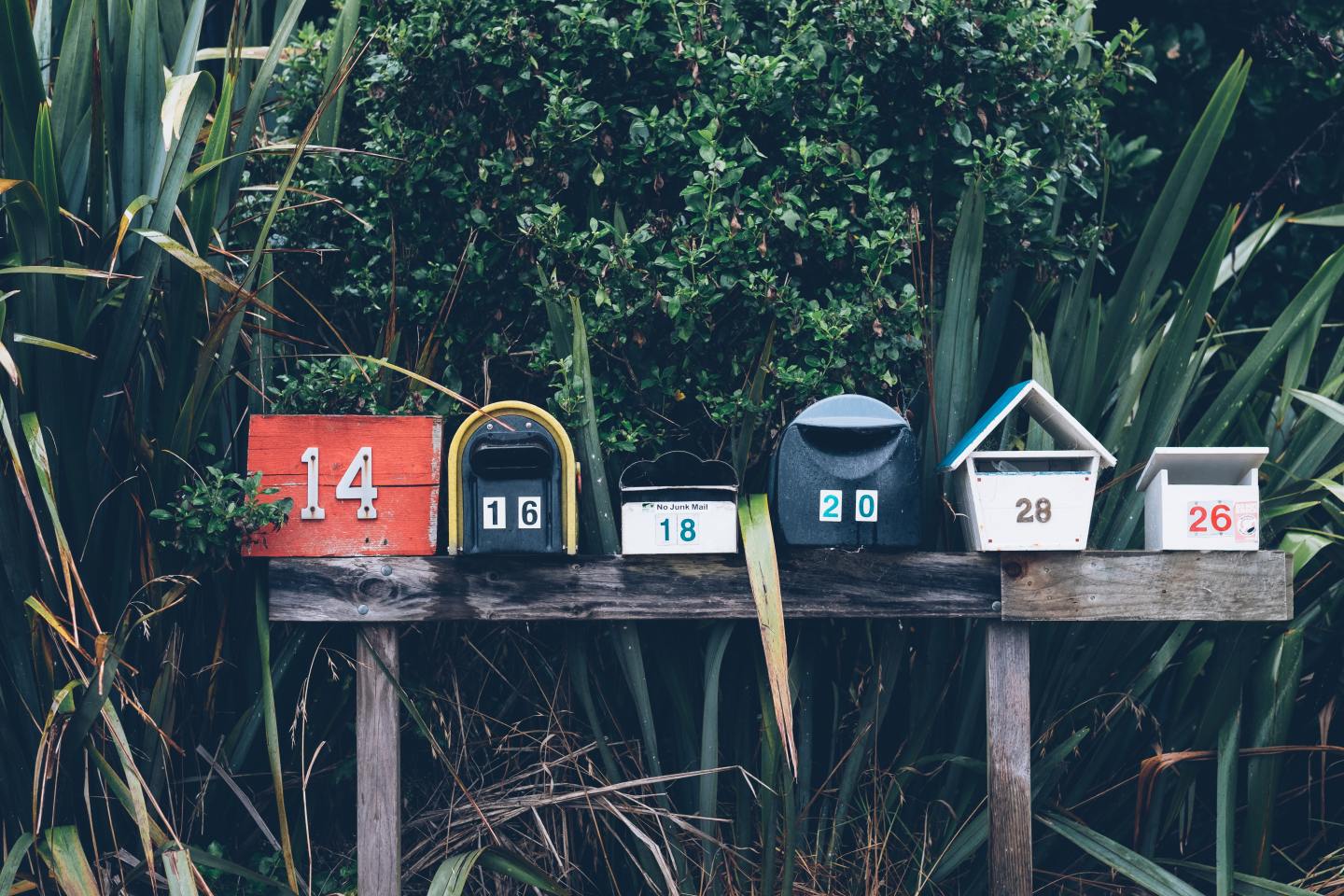Alexandra Mihai
Newsletters are back. Over the past years the revival of this medium has been in full swing and started to change the way we share and consume content. Newsletters can counterbalance the seemingly endless social media streams and are an effective way to manage and personalise our information space.
I started my blog on teaching and learning back in 2014. It has been a very useful space to reflect on my research as well as my educational development and teaching practice. In spring 2020, when teaching and learning suddenly moved online for what turned out to be an indefinite period, I felt it was time to share my knowledge and expertise more widely.
Creating and curating teaching resources
“The Educationalist” newsletter started as a spin-off of my blog and quickly turned into something more. My first aim was to share tips and create resources for teachers who were new to online education. I felt privileged to be in a position to help them continue teaching and redesign their courses for the online environment. Soon enough, the overload of information on the topic turned into a problem, especially in the context of the pandemic, when our mental space and resources are limited. So “The Educationalist” became a tool for curating and compiling resources on the topic of online learning. Little by little I started building an archive and regularly sharing relevant bits and pieces of information in a structured and accessible manner. Not only did this help me keep track and make sense of the huge amount of information available, but it also planted the seeds of a learning community. This rather unexpected but very welcome outcome is the main reason why I believe a newsletter can be a powerful tool to encourage dialogue and community-building.
Towards a learning community
As my target audience is a mix of faculty and educational developers, creating a common space and sharing knowledge across existing boundaries (e.g. different disciplines, academic/non academic staff, geographical location) is even more important. I found that using the newsletter in conjunction with Twitter can facilitate dialogue and at the same time enable a more sustainable form of community-building. While content on Twitter can be very elusive and unstructured, the newsletter provides a regular curated “go to” place for ideas and resources on online learning in Higher Education. And conversely, while the newsletter is a rather static medium, Twitter with its dynamic teaching and learning community adds a layer of interaction and exchange.
“The Educationalist” proved to be an extremely enriching learning experience. What is often perceived as a one-way street actually turned out to be a town square, a place shared and owned by people with a keen interest in teaching and learning. Having a clear goal and knowing your target audience can help create a space where people can reach out of their bubbles to discuss, learn and share. The feeling that you contributed to building something useful and facilitating life-long learning is a great reward.
Moving forward, it becomes clearer that we need to continue investing time and effort in professional learning and development. Time that we most likely will be lacking. So curated spaces like “The Educationalist” newsletter can play an important role in providing regular access to a structured set of essential teaching and learning resources. A “survival kit” during the pandemic and a healthy information sharing habit to help us thrive beyond the pandemic.
Photo by Mathyas Kurmann on Unsplash
Dr. Alexandra Mihai is an education specialist and learning experience designer with over a decade of experience in European Higher Education. She is currently working as a Learning Designer at University College London (UCL). Previously she worked as a researcher and curriculum designer at the Institute of European Studies, Vrije Universiteit Brussel and led the Centre for Teaching Innovations at the Hertie School of Governance in Berlin. Alexandra has a strong background in e-learning, learning design and innovative teaching strategies. In her PhD she analysed in how far technology was used in teaching practices at European universities before the Covid-19 pandemic.
